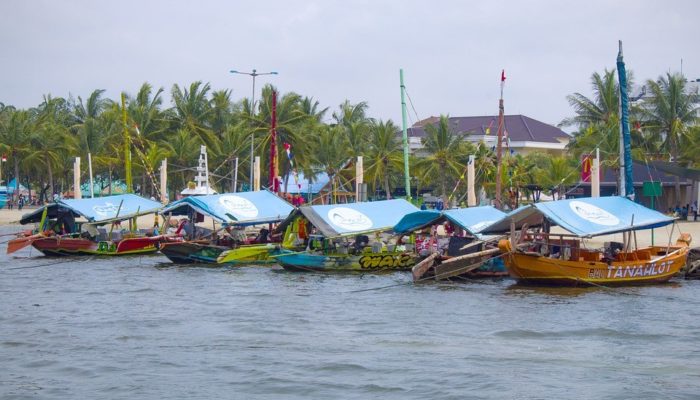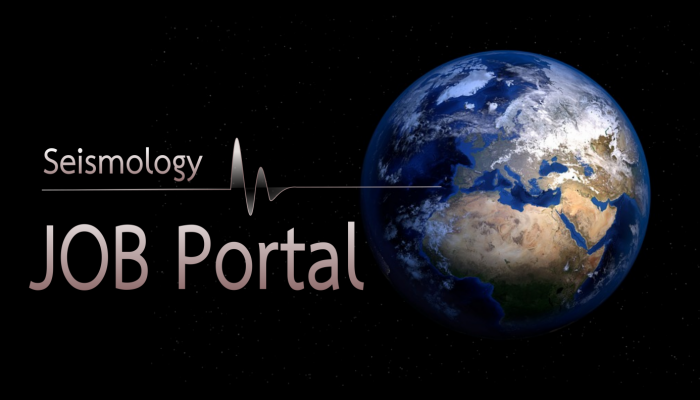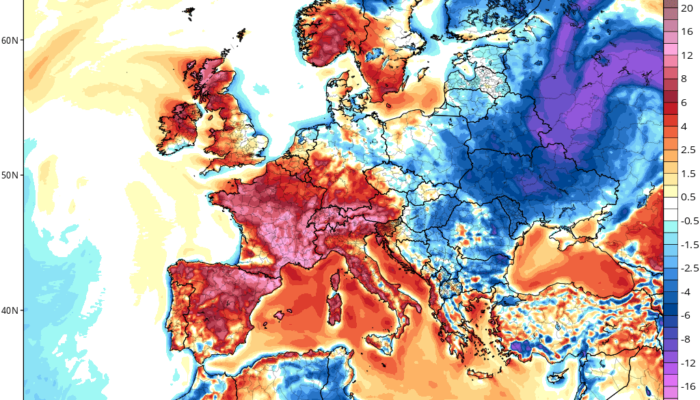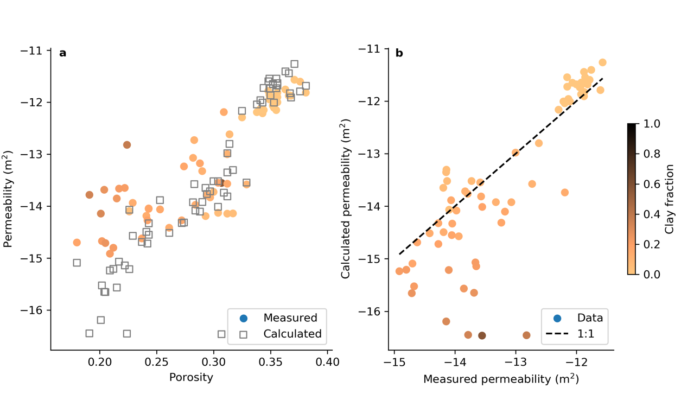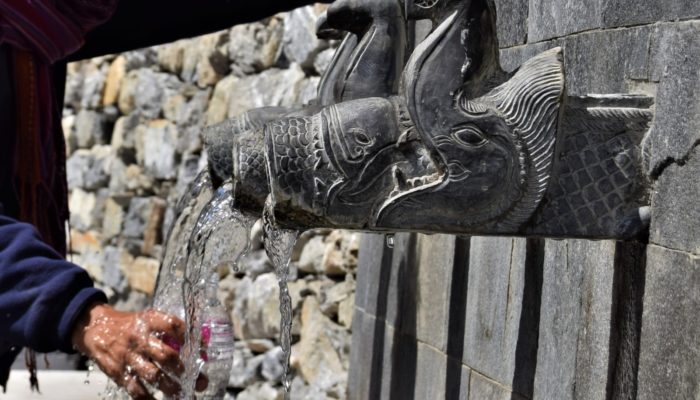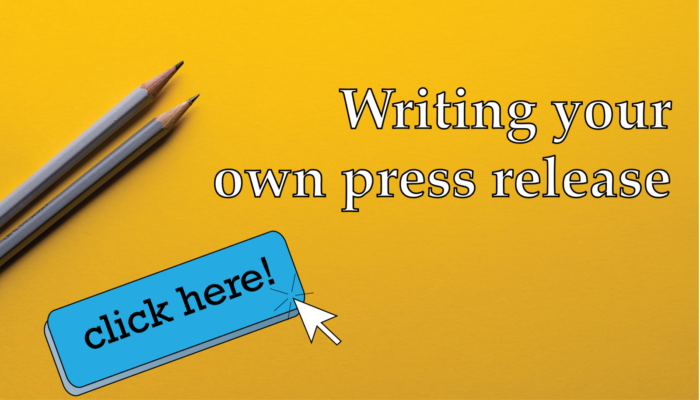What are cities doing to mitigate rising sea-levels? What are the numbers behind the related challenges? In our August ‘Coast’ month, Heather Britton focuses on sea-level rise in the coastal cities of Jakarta, Lagos and London, where barriers and new islands are likely proposed solutions, even if they seem inadequate. [Editor’s note: This post reflects Heather’s personal opinions. These opin ...[Read More]
If you didn't find what you was looking for try searching again.
Seismology
Seismology Job Portal
On this page we regularly update open positions in Seismology. Do you have a job on offer? Contact us at ecs-sm@egu.eu
GeoLog
GeoPolicy: What really drives political decision-making?
On July 17 2019, the EU Commission’s Joint Research Centre (JRC) published a report highlighting how thinking is challenged by today’s information environment and the role of evidence-informed policymaking in a well-functioning democracy. Titled Understanding our political nature, the report was produced with the assistance of 60 international experts in the humanities, behavioural and socia ...[Read More]
GeoLog
Organise a short course at EGU 2020: follow this simple guide!
When it comes to supercharging your scientific skills, broadening your base science communication, or picking up tips on how to boost your career, short courses can be one of the highlights of the General Assembly programme. But, did you know that any EGU member planning to go to the General Assembly (you!) can propose a short course? You’ve got until 5 September 2019 to complete your proposal. Th ...[Read More]
Nonlinear Processes in Geosciences
June Heatwave 2019: can we attribute the event to anthropogenic emission?
If August Rodin had lived nowadays, he would have placed his gates of hell (la Porte de l’Enfer) in Gallargues-le-Montueux, where the absolute French temperature record (45.9 °C) was set on June 28th this year. The last week of June has been very hot, not only in the south of France, but overall central Europe: in the Alps, some locations such as Chamonix (France) and Aosta (Italy) experienced tem ...[Read More]
WaterUnderground
A do-it-yourself Jupyter notebook to constrain sediment permeability
Post by Elco Luijendijk, Junior lecturer in the Department of Structural Geology and Geodynamics at Georg-August-Universität Göttingen and WaterUnderground founder Tom Gleeson (@water_undergrnd), Associate Professor in the Department of Civil Engineering at the University of Victoria. Most of the groundwater on our planet is located in sedimentary rocks. This is why it is important to know how eas ...[Read More]
Geology for Global Development
Tracking water consumption: how you can help fight climate-change-driven water stress
How much water do you think you’re using? When you eat 200 g of beef, you are using more than 3,000 liters of water. Regular blog author Bárbara Zambelli helps us understand how we can alleviate climate-change-related water stress in countries around the world, just through our choices of consumption. [Editor’s note: This post reflects Bárbara’s personal opinions. These opinions may not reflect of ...[Read More]
Geodynamics
Writing your own press release
Do you have an upcoming publication and would like to extend its reach through a press release? Maybe your university doesn’t have a media office able to help, you are short on time, and/or don’t know where to start. Don’t fret, this week Grace Shephard (Researcher at CEED, University of Oslo) shares some tips for writing your own press release and includes a handy template for download. She also ...[Read More]
Tectonics and Structural Geology
Minds over Methods: Virtual Microscopy for Geosciences
The next “Minds over Methods” blogpost is a group effort of Liene Spruženiece (left) – postdoctoral researcher at RWTH Aachen and her colleagues Joyce Schmatz, Simon Virgo and Janos L. Urai. The Virtual Microscope is a collaborative project between RWTH Aachen University and Fraunhofer Institute for Applied Information Technology (Schmatz et al., 2010; Virgo et al., 2016). In the ...[Read More]
Natural Hazards
The proliferation of Cyanobacterial blooms: A toxic blue tide
Dr Assaf Sukenik is Senior Scientist at Kinneret Limnological Laboratory of the Israel Oceanographic and Limnological Research. His research interests concern the physiology and biochemistry of freshwater and marine algae, Cyanobacteria and algal toxins, the water quality of freshwater ecosystems. What are cyanobacteria and what is their natural habitat? Cyanobacteria (from the Greek word κυανοσ = ...[Read More]

